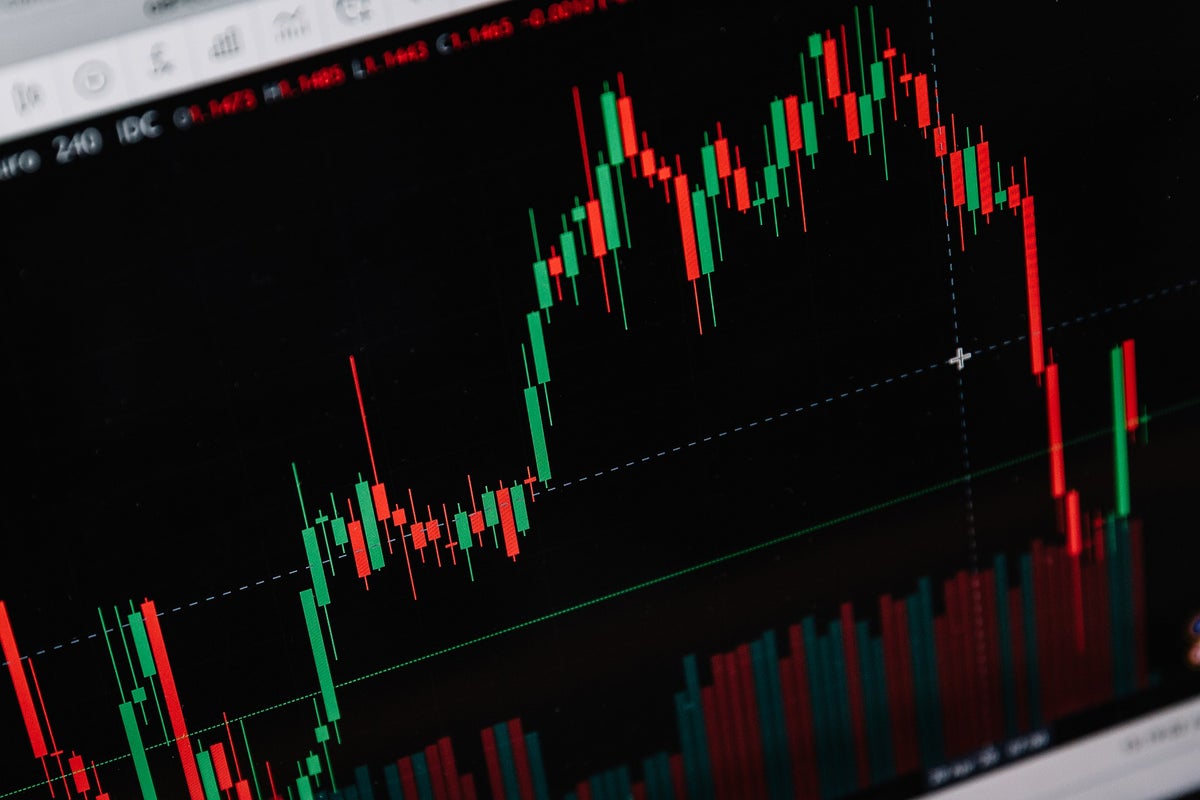Introduction
FirstEnergy Corp., a major player in the U.S. electric utility sector, is continuously under the microscope of investors, analysts, and market experts. With the volatile nature of the energy market, understanding key financial indicators like the Price-to-Earnings (P/E) ratio can provide valuable insights into the company’s stock performance and its prospects. This article delves into the intricate relationship between FirstEnergy’s stock performance and its P/E ratio, while exploring the broader factors influencing investor sentiment and market trends.
Understanding the Price-to-Earnings Ratio (P/E)
The Price-to-Earnings (P/E) ratio is one of the most widely used metrics for evaluating the valuation of a company’s stock. It is calculated by dividing the market price per share by the earnings per share (EPS) over the past 12 months. The formula is:
P/E Ratio = Market Price per Share / Earnings per Share (EPS)
While the P/E ratio provides a snapshot of how much investors are willing to pay for a dollar of earnings, it is essential to interpret this ratio within the context of the industry and the company’s growth prospects. A high P/E ratio could indicate that a company is overvalued, or that investors expect high growth in the future, while a low P/E ratio might signal undervaluation or weak future prospects.
FirstEnergy’s P/E Ratio: A Snapshot of Current Valuation
As of the most recent analysis, FirstEnergy’s P/E ratio has been fluctuating in response to several macroeconomic factors, including regulatory changes, market competition, and energy price volatility. Historically, the company’s P/E ratio has trended in line with its peers in the electric utility sector. However, several factors make FirstEnergy’s P/E ratio an interesting subject for deeper analysis.
Recent Performance Trends
FirstEnergy’s stock has faced significant challenges over the past few years, including legal issues related to its involvement in a bribery scandal in Ohio. Despite these hurdles, the company has managed to stabilize its operations, thanks in part to strategic leadership changes and a focus on strengthening its core utilities business. As a result, the stock price has seen a slow but steady recovery.
The company’s P/E ratio, which has historically been in the mid- to high-teens range, reflects a blend of investor optimism about long-term growth prospects and caution due to ongoing risks. For investors, understanding whether FirstEnergy’s P/E ratio is justified requires a closer examination of its earnings performance, debt management, and market positioning.
Comparing FirstEnergy to Industry Peers
To gauge the true significance of FirstEnergy’s P/E ratio, it’s important to compare it to the broader utility sector. The electric utility industry typically has lower P/E ratios than high-growth sectors like technology due to its relatively stable and predictable earnings. As of the latest data, FirstEnergy’s P/E ratio stands at approximately 15, which is on par with the average for its peers in the sector, such as Duke Energy and Dominion Energy.
- Duke Energy: P/E ratio of around 16.2
- Dominion Energy: P/E ratio of around 14.8
- NextEra Energy: P/E ratio of around 23.1 (notably higher due to its renewable energy focus)
While FirstEnergy’s P/E ratio is in line with its peers, its relative position within the sector is worth noting. A lower P/E ratio could indicate that investors perceive FirstEnergy to have higher risks or less growth potential compared to its competitors. On the other hand, a P/E ratio at the higher end of the range would suggest that investors are confident in the company’s long-term growth trajectory, possibly driven by the ongoing investments in grid modernization and infrastructure upgrades.
Factors Influencing FirstEnergy’s P/E Ratio
Several internal and external factors influence FirstEnergy’s P/E ratio, including operational performance, regulatory environment, and broader market conditions. Understanding these factors is key to making informed investment decisions regarding the company’s stock.
1. Regulatory Scrutiny and Legal Issues
One of the major challenges that has affected FirstEnergy’s stock in recent years is its involvement in a bribery scandal involving former Ohio Speaker of the House Larry Householder. The scandal resulted in the company being under investigation, which has led to heightened uncertainty in the market. Despite efforts to clean up its image and restructure its operations, the shadow of the scandal still looms, which can suppress investor confidence and affect the company’s valuation.
2. Energy Market Volatility
The energy market is known for its inherent volatility, influenced by factors such as supply and demand dynamics, geopolitical events, and fluctuating commodity prices. FirstEnergy, like other utilities, is impacted by these fluctuations, especially as it tries to balance the need for stable returns with investments in renewable energy and infrastructure. Any significant increase in energy prices could result in better earnings, potentially pushing the P/E ratio higher.
3. Debt and Capital Structure
FirstEnergy has a relatively high level of debt, which can have a direct impact on its P/E ratio. High leverage increases financial risk, particularly if interest rates rise. However, utility companies like FirstEnergy often maintain higher levels of debt due to the capital-intensive nature of their business. Investors tend to scrutinize the company’s ability to manage its debt load effectively, as large debt obligations can limit growth opportunities or hurt profitability in the event of an economic downturn.
4. Transition to Renewable Energy
FirstEnergy’s ongoing transition to cleaner energy sources is another critical factor influencing its P/E ratio. The utility sector is under increasing pressure to reduce its carbon footprint and invest in renewable energy technologies. Although this transition involves substantial upfront costs, it could also unlock long-term growth potential as clean energy becomes more widespread and demand for sustainable infrastructure increases. FirstEnergy’s progress in this area could improve its earnings outlook and positively impact its P/E ratio in the long run.
The Broader Implications of P/E Ratios in Utility Stocks
While P/E ratios are useful for comparing individual companies, they must be understood within the context of the broader industry and economic conditions. The utility sector, with its traditionally stable cash flows and regulated nature, often sees more conservative P/E ratios than more volatile sectors. However, when evaluating companies like FirstEnergy, it’s important to account for:
- Regulatory Changes: New regulations on energy production, environmental standards, and customer pricing could significantly impact profitability and, in turn, the P/E ratio.
- Energy Transition: As more utilities pivot to renewable energy, future earnings potential and the adoption of new technologies could drive up P/E ratios across the sector.
- Market Sentiment: Broader investor sentiment toward the energy sector—whether bullish or bearish—can play a role in determining the overall valuation of companies like FirstEnergy.
Conclusion
FirstEnergy’s P/E ratio is a critical indicator of its stock valuation, but it must be analyzed in the context of both company-specific and industry-wide factors. Investors should consider the regulatory risks, energy market fluctuations, debt levels, and the ongoing transition to renewable energy when assessing the company’s financial health and growth prospects. While FirstEnergy’s P/E ratio currently mirrors that of its industry peers, its future trajectory will depend largely on how well it navigates these challenges and capitalizes on emerging opportunities in the energy market.
For more insights on utility sector trends and analysis, visit Renewable Energy World.
See more CNBC Network



